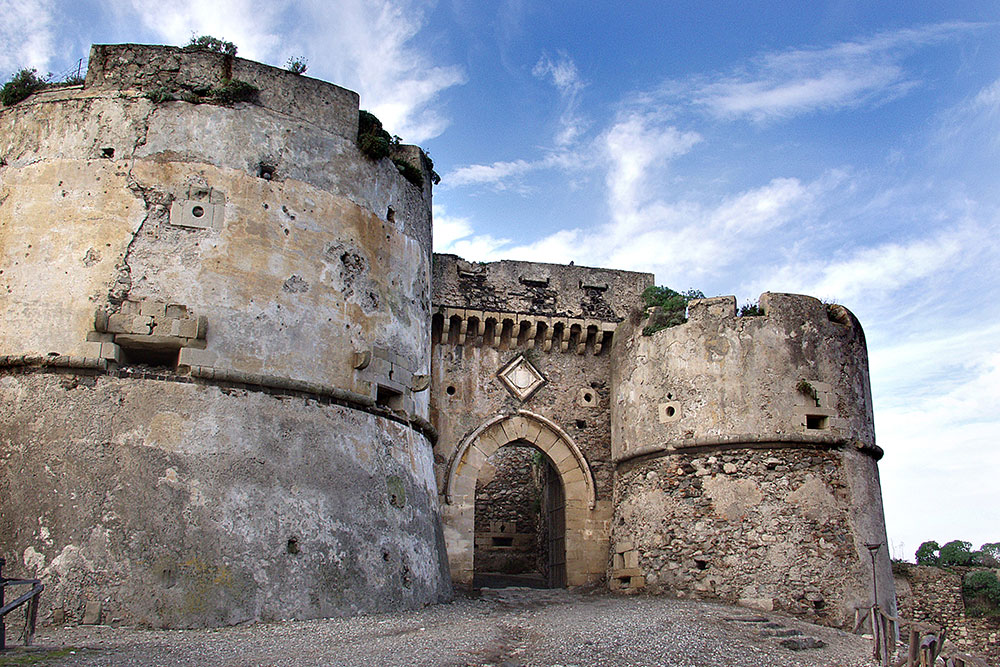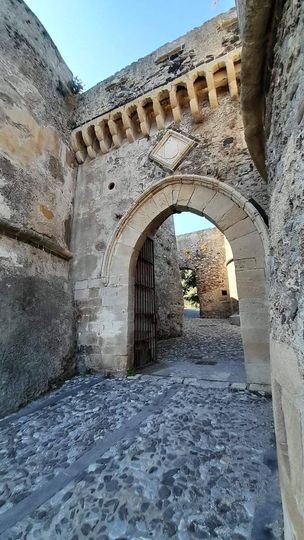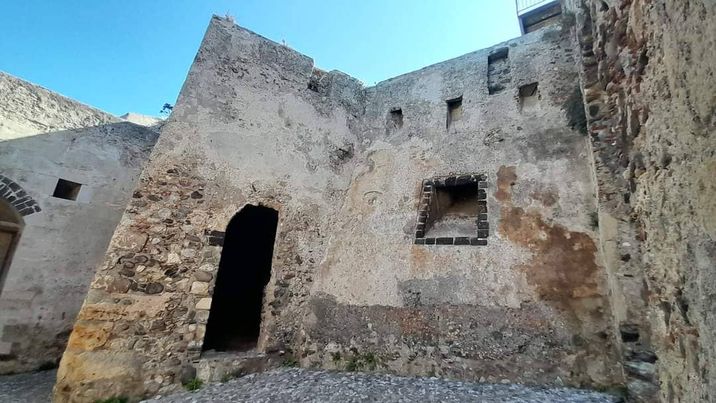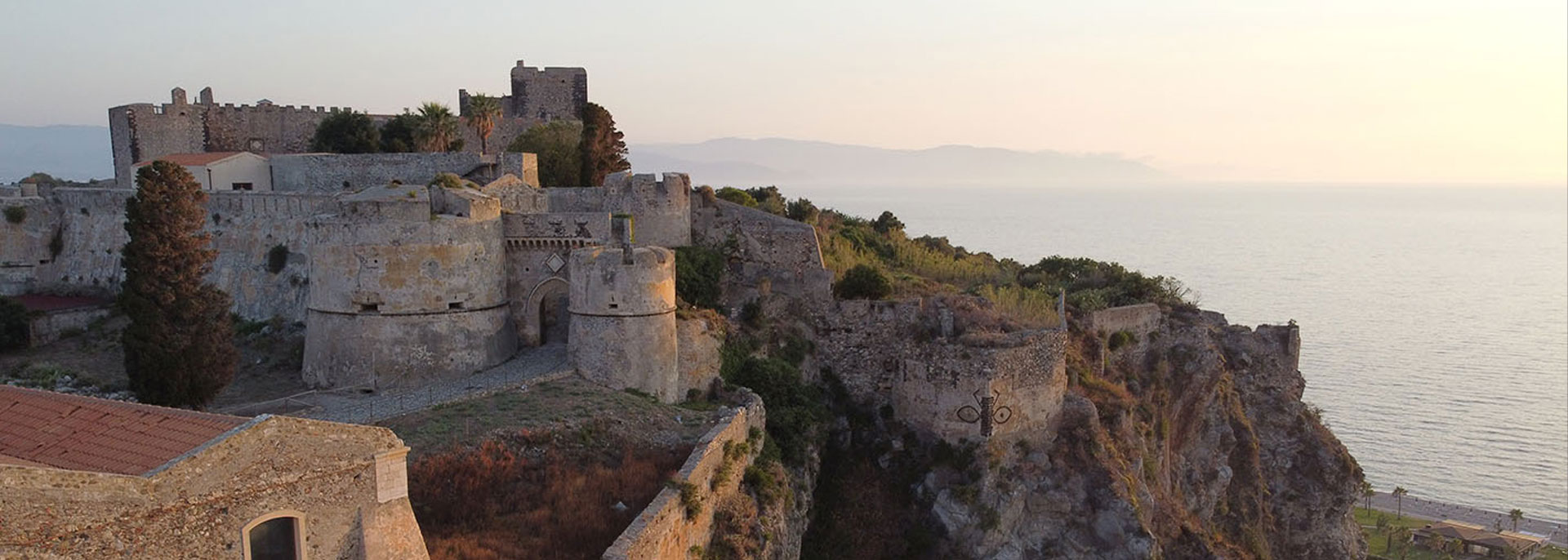It is the most complete and best preserved example of a wall built in Sicily from the end of 400’s. The barrier consists in 5 circular bulwarks (the sixth, set back, guards the area of the entrance) and it represents the evolution of fortification engineering in a phase of transition from the medieval defense system, built by the Swabian turreted walls clearly visible behind and the modern defense system made possible byfire weapons. The exceptional value of this work is given by the two city walls put in direct comparison that it will not escape the visitor.

The Aragonese wall
Recent studies (Alessandro Gaeta, PA. 2010) have ascertained the date of the beginning of the construction Aragonese (starting from 1496) and the name of the creator of the Barrera Artillera, the Castilian Baldiri Meteli, expert in fortifications, sent from Spain to Sicily by King Ferdinand the Catholic. The modernization of the defenses of the main maritime cities of the island took place after the devastating Ottoman attack on Otranto (1480).


Inside of the Bastion, it is found the small shooting chambers preserved in integrity conditions and the cannon emplacements also the powder and ammunition cases, as well as the blowholes vertical for the expulsion of noxious fumes.The gate between two towers at the end north city wall, has an ogival shape with finely shaped frames and profiles. Above of the arch, the heraldic coat of arms bears the insignia of the Spanish Crown divided in the four quarters: insignia of Aragon of Spain, of Aragon of Sicily, of Castillabe of Leon and the rose of Granada, the last one is found on the tip of the shield, and it recalls its later annexation to the kingdom. The entrance is surmounted from the protrusion of a guard walkway supported by brackets with interposed drains.
Terranova C.P. La città murata Dalla visita al "memorabile viaggio.", in Milazzo Nostra n. 28-29 - Marzo - Luglio 2011, p. 24







